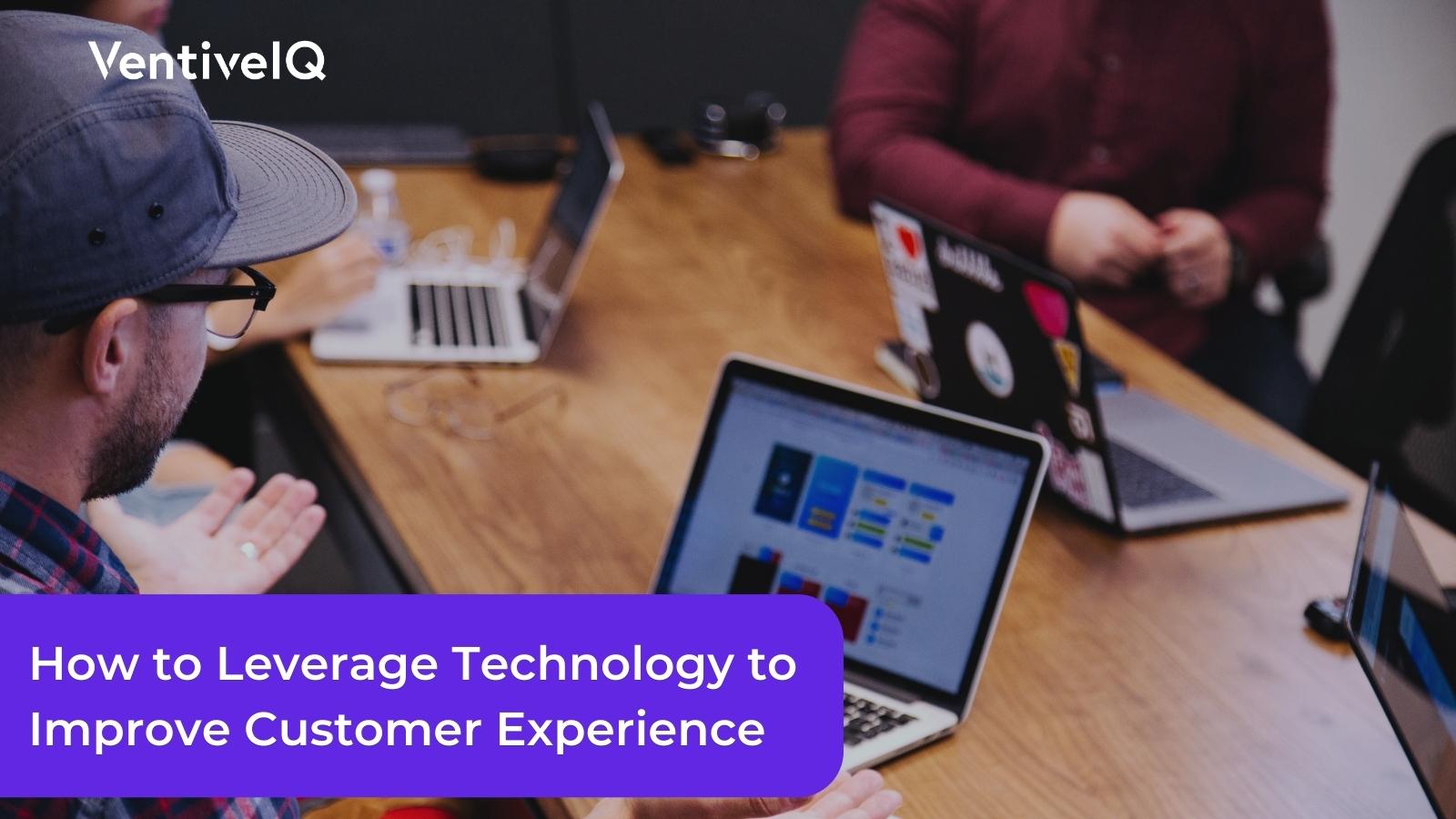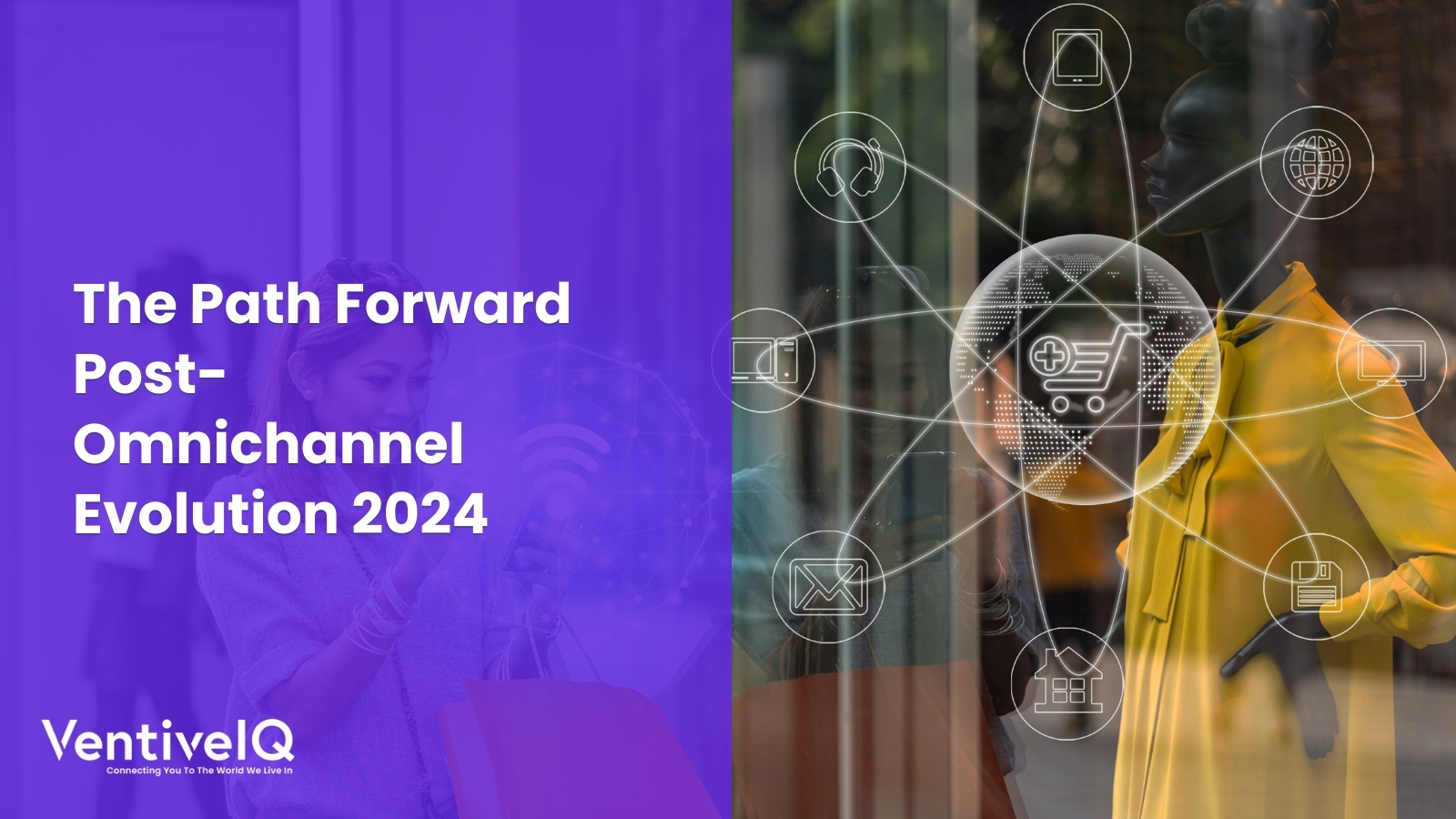Technology has the power to transform the customer experience. By using technology effectively, businesses can create more personalized, engaging, and convenient experiences for their customers. Here are a few ways that technology can be leveraged to improve customer experience:

1. Personalization Communication
- Technology can be used to collect data about customers and their preferences, which can then be used to personalize the customer experience. For example, a website can use cookies to track a customer’s browsing history and then recommend products or services that the customer is likely to be interested in.
- Or a customer service representative can use a CRM system to look up a customer’s past interactions with the company and then use that information to provide more personalized service.
2. Engagement
- Technology can be used to engage customers in new and innovative ways. For example, a company can use social media to interact with customers in real-time and get feedback on its products and services.
- Or a company can use gamification to make customer interactions more fun and rewarding.
3. Convenience
- Technology can be used to make it easier for customers to do business with a company. For example, a company can use a mobile app to allow customers to make purchases, check order status, and get customer service support on the go.
- Or a company can use a self-service portal to allow customers to handle common tasks, such as changing their address or password, without having to contact customer service.
4. Omni-channel Engagement
- Technology has given rise to various communication channels, such as social media, email, live chat, and mobile apps. To improve customer experience, it’s essential to create a seamless omni-channel engagement strategy.
- Integrating these channels into a unified platform helps businesses deliver consistent experiences across different touchpoints. For example, a customer can start an interaction on a website, continue it through a mobile app, and receive support on social media, all without having to repeat information.
- Such integration enhances convenience, increases responsiveness, and improves overall customer satisfaction.

5. AI-Powered Customer Support
- Artificial intelligence (AI) has revolutionized customer support by enabling chatbots and virtual assistants. These AI-powered tools can handle routine queries, provide instant responses, and guide customers through common issues.
- By automating repetitive tasks, businesses can free up human agents to focus on more complex inquiries, ensuring faster resolution times.
- Additionally, AI algorithms can analyze customer interactions, identify patterns, and predict customer needs, enabling proactive support and personalized recommendations.
- However, it’s crucial to strike a balance between AI and human interaction, as customers often appreciate the option to speak with a live agent when necessary.
6. Seamless E-commerce Experience
- In the age of e-commerce, providing a seamless online shopping experience is vital for customer satisfaction.
- Leveraging technology, businesses can optimize their websites and mobile apps to offer intuitive navigation, fast loading times, and secure transactions.
- Moreover, implementing personalized product recommendations, customer reviews, and virtual try-ons enhances the decision-making process.
- Streamlining the checkout process by enabling guest checkouts, multiple payment options, and hassle-free returns further improves the overall experience.
- By integrating offline and online shopping experiences, such as buying online and picking up in-store (BOPIS), businesses can offer greater convenience and flexibility to their customers.
7. Proactive Feedback and Analytics
- Technology enables businesses to gather customer feedback proactively, helping them understand pain points and areas for improvement.
- Online surveys, sentiment analysis, and social listening tools can provide valuable insights into customer sentiment and preferences.
- By analyzing this data, businesses can make informed decisions, prioritize areas for enhancement, and identify emerging trends.
- Additionally, leveraging analytics tools allows organizations to track customer behavior, identify bottlenecks in the customer journey, and optimize their processes accordingly.
- Constant monitoring and analysis enable businesses to stay agile and adapt to changing customer expectations, ensuring a continuous improvement cycle.
- By using technology effectively, businesses can create customer experiences that are more personalized, engaging, and convenient. This can lead to increased customer satisfaction, loyalty, and revenue.

In addition to the three areas mentioned above, technology can also be used to improve customer experience in several other ways. For example, technology can be used to:
- Streamline customer service by providing customers with self-service options and tools, such as chatbots and knowledge bases.
- Make it easier for customers to find information about products and services through online product catalogs and FAQs.
- Improve the accuracy of customer data by using tools such as CRM systems and data analytics.
- Make it easier for customers to pay for products and services by offering online payment options and mobile wallets.
By using technology in these ways, businesses can create customer experiences that are more efficient, effective, and enjoyable.
Of course, technology is not a silver bullet. It is important to use technology in a way that is aligned with the company’s overall customer experience strategy. It is also important to remember that technology is not a replacement for human interaction. In many cases, customers still prefer to interact with a human being, especially regarding complex or sensitive issues.
Conclusion
Technology can be a powerful tool for improving customer experience. In an era driven by technology, leveraging digital tools is imperative for businesses to enhance customer experience. From personalized communication and omnichannel engagement to AI-powered support, seamless e-commerce experiences, and proactive feedback, technology offers a plethora of opportunities to connect with customers, build loyalty, and gain a competitive edge.



